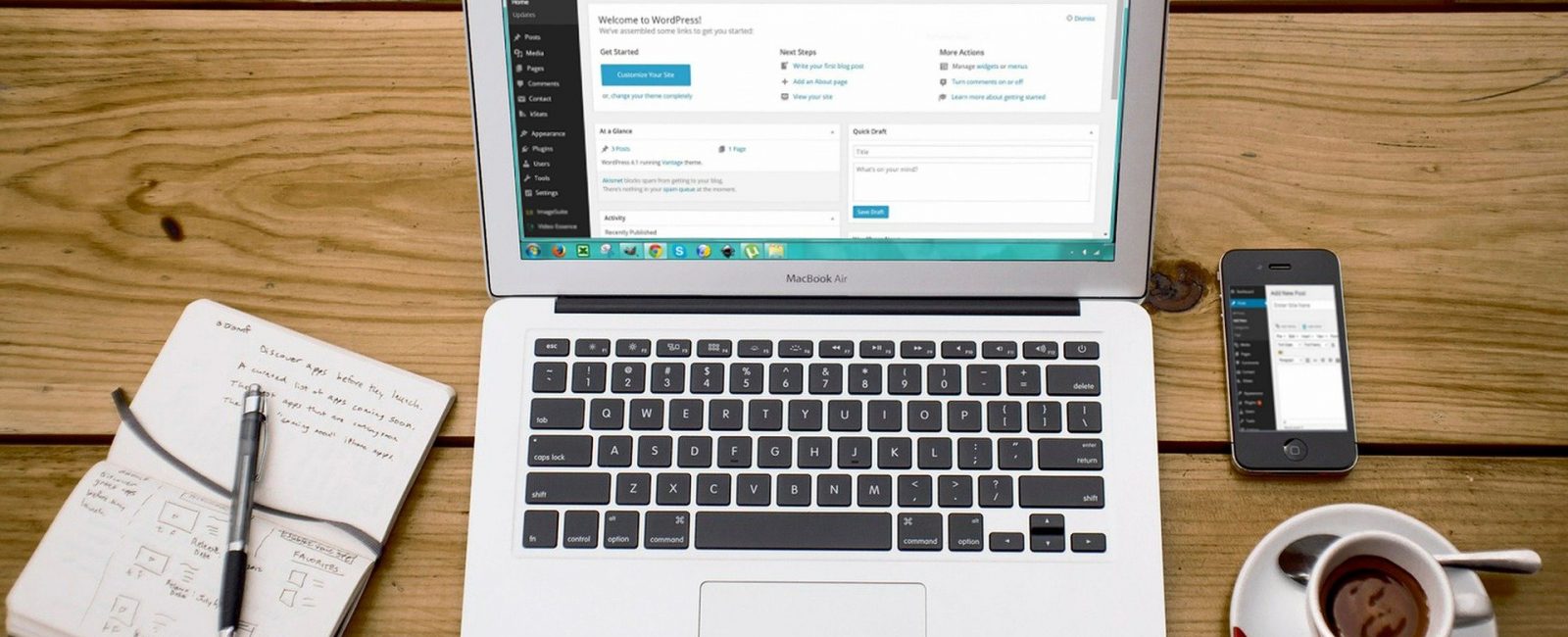
Whether it’s online shopping or virtual meetings with colleagues, we’re all doing more of it since the coronavirus pandemic hit. We might talk about returning to normality but our new normal may well involve more time online because we’ve learnt that it works. Working from home, it turns out, might have some downsides but it also has some positives. And what does that mean for businesses large and small? It means your website is now even more important than ever – for some businesses it may literally become their shop window.
So there couldn’t be a better time to check that visitors to your website are getting the very best experience. That it’s easy for them to find your website, that they are encouraged to click on it and then interact with it in whatever way you prefer. Whether that’s purchasing a product or service, signing up for a newsletter, making an enquiry or simply commenting on your latest blog post.
Take a look at this quick checklist to maximise the online presence of your business and provide a better user experience that is more likely to convert visitors to customers.
1. Fix Technical Errors
There’s nothing worse for a web visitor than clicking a link or a button on your website only to see the dreaded 404 error (page does not exist); or using their mobile phone to browse your website only to find text is too small to read, or buttons too close together to be able to click the one they want. These and many similar errors are simple to resolve but your need to discover whether your site has such issues in the first place. Fortunately, there’s a simple way to do this as many digital marketing agencies and SEO consultants offer technical SEO audits that will check the basics and make sure your website is free of technical errors that could be impacting user experience.
2. Google My Business
Google My Business is one of many free tools provided by the search engine giant that enables companies to have all their business information displayed in a prominent position on the right-hand side of the search listings when people search for your brand name. This is excellent advice for small businesses in particular that might be targeting a more local customer base. As well as the regular business details like address, phone number and opening hours it shows links to your website, a map and directions to your location. You can even publish news, events and details of new products that will all appear in this section and statistically show high click-through rates to your main website. Given it’s free and takes little time to set up what are you waiting for?
3. Website Speed
The speed of your website is a major factor in user experience (not to mention search engine optimisation) and if it is slow to load, or takes too long before a visitor can interact with a page or, worse, the page shifts around as images are loaded after the text then visitors will just go elsewhere or, at best, be frustrated with the user experience and, hence, your company. Speed has long been important to page experience but it is set to become an even more important factor in May 2021 when Google adds a series of 3 new use experience metrics (knows as “Core Web Vitals”) to it’s ranking algorithm.
Another free tool by the search engine giant is PageSpeed Insights which uses a traffic light system for a whole range of factors affecting page speed. Better still it provides recommendations on how to improve individual elements of a page’s construction to improve page speed for searches on computers or mobile devices with small screens.
4. Image Size
Professional images by photographers including stock images that can be purchase on sites like Shutterstock come in high resolutions suitable for printing. However, computer screens don’t need such high resolutions to display images clearly and, given the increasing use of mobile devices with small screens to view websites, these higher resolution images are even more unnecessary. Higher resolution equates to a large file size and larger file sizes are slow to load. Image size has a direct correlation with site speed and hence user experience.
A simple speed improvement can be made by reducing the size of the images used on each web page either by replacing with a smaller sized image or compressing all images on the website with a tools such as the ShortPixel WordPress plugin for those with a WordPress website. And while you’re checking those image sizes also check that every image on the website has some “alternative text” (alt txt). This is the text displayed when, for some reason, the image cannot be displayed but it is also used by screen reader software for visually impaired people to describe the image. Use of this simple setting will make your website more accessible to a wider range of people.












